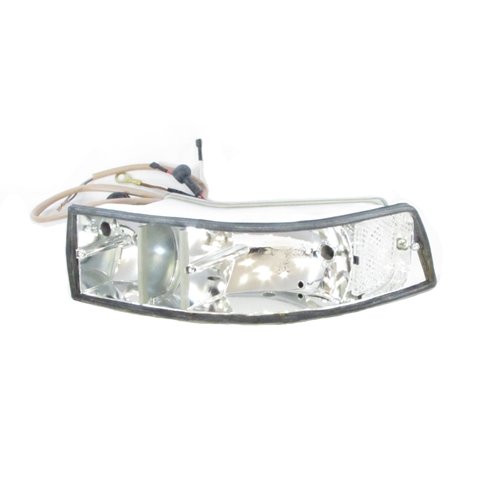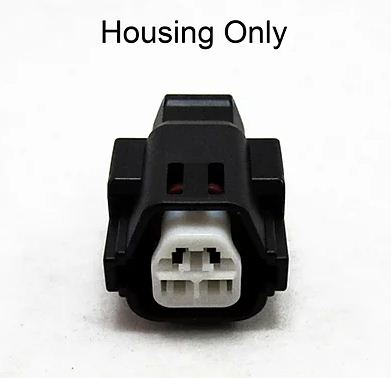

I made another test assembly for the removed LH light assembly.
RIGHT REAR LIGHT HOUSING CONNECTOR NOT WORKING DRIVER
I assume that on the driver board for the LED lights there is a trace causing the taillights to come on if the taillights are not already on. With this I verified that the stop light and taillight function work and the taillights do not receive voltage from the car harness when the brakes are applied. I decided to rig up a test light using a 1157 incandescent bulb and the connector from the light assembly that I removed. Remember that the RH inside assembly is working, I am not sure if the taillights are supposed to come with the brake lights if the taillights are not on to start with. Then with the taillights on I applied the brakes, no brake lights, now what?ĭuring all this I found out that with the taillights not on and when the brakes are applied that the taillights of each assembly come on. I then turned on the taillights and they worked, good I thought. When it arrived, I installed it and applied the brakes, the stop light worked on the LH inside assembly and the RH inside assembly (this was working before), good I thought. Not wanting to spend the money for a new assembly I found a used one left hand inside assembly and ordered it. This verified proper voltage to the light assemblies. I then repeated these steps with the car running with the same results except the voltage was 13.8 volts dc. I then connected the positive lead of the voltmeter to the green lead of the car harness, one connector at a time, and turned on the taillights, ignition off. All 4 of the car connections had 12.8 volts dc. led to chassis and the positive lead of the voltmeter to the red/or lead of the car harness, one connector at a time and had a helper apply the brakes, ignition off. VOLTAGE CHECK – I connected the voltmeter neg. I verified the ground connection by (a) Black lead of the car wire harness connected to the ohm meter and ohm meter connected to the chassis and (b) the black lead of the car wire harness connected to the ohm meter and the ohm meter connected to the battery ground post. GROUND CHECK- I disconnected the wire connectors of the car from all the assemblies. I used a volt-ohm meter to check for proper voltage and ground connections. The cost of new LED assemblies is about $225.00 each. The stop light function does not work on the 2 outside assemblies LED’s and the left hand inside assembly LED’s. 1 each on the rear quarter panels (identified as outside) and 1 each on the trunk ((identified as inside) and 1 in the high center mounted over the trunk (stop only). There are 5 rear light assemblies on this car. The stop light LED’s do not work correctly. The inside assemblies have backup incandesce lights, taillight and stop function led lights The outside assemblies have turn signal incandesce lights, taillight and stop function led lights. The earth wire from the bulb connect it to either 10mm nut that secures the lamp and hopefully it should work.Car is 2013 KIA REO SX Sedan 4 door, with LED taillights and stop lights. Refit bulb holder to lamp and refit the lamp.

Remove bulb from bulb holder insert a wire in between the bulb and holder reinsert the bulb making sure the wire is secure and tight. To the indicator lamp pin and also the ground “ brown wire was also showing a good earth.īut the bulb still wasn’t working that’s when I checked the pins on the back of the lamp to the bulb connector and found there was a breakage on the earth side internally in the lamp unit. But still wasn’t working so checked the wiring loom plug that attaches to the lamp. However when I got home I took off the rear lamp and checked the bulb which was good but still replaced it. Luckily it never affected the car as it stopped working after the test was completed. I had the same problem last week on my 2019 bmw x2 just after my Mot test.


 0 kommentar(er)
0 kommentar(er)
